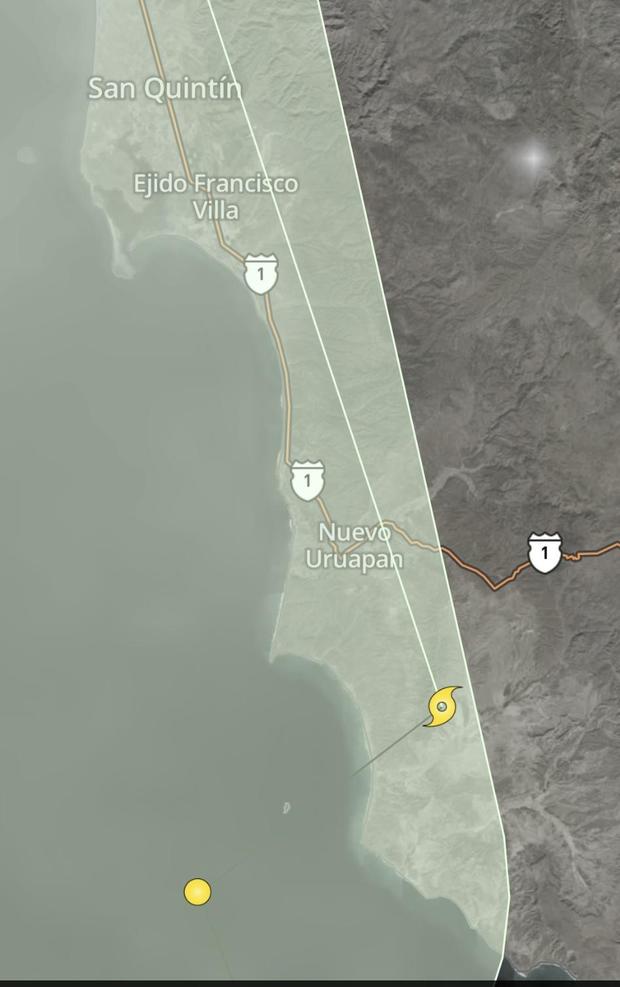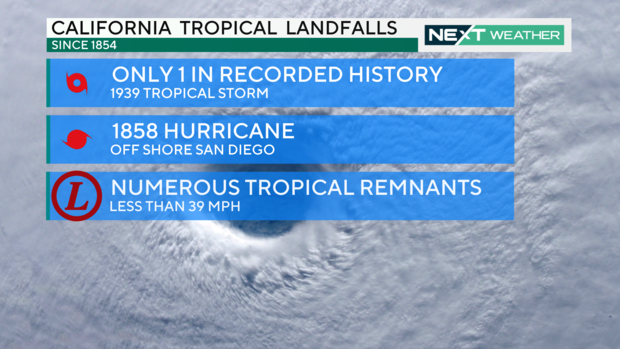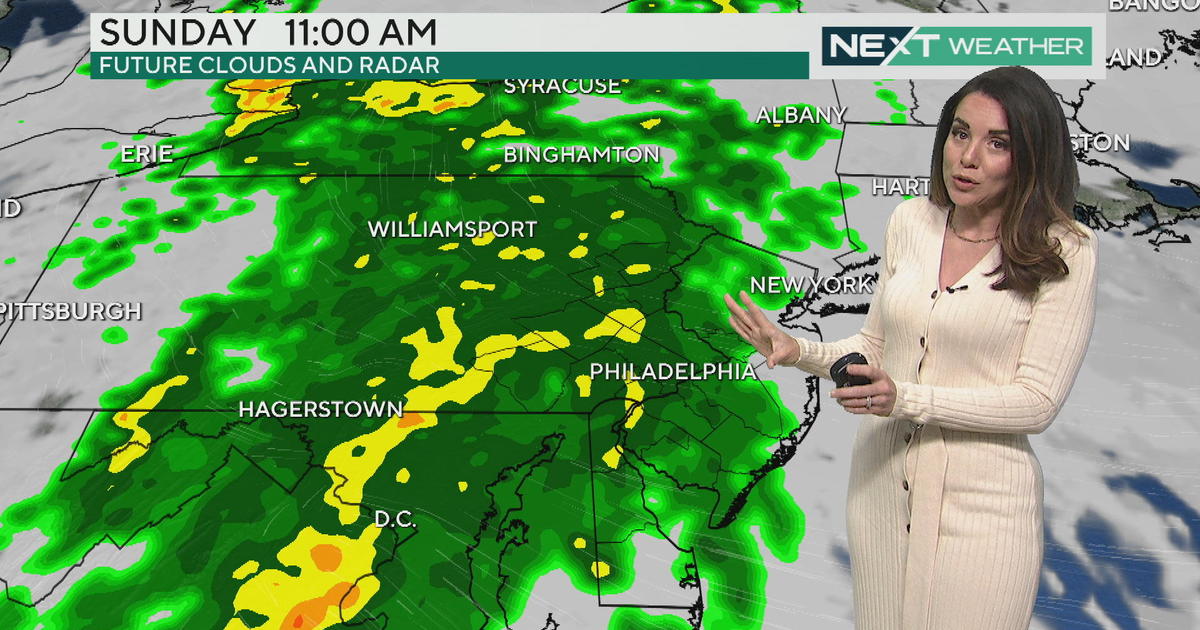Why Tropical Storm Hilary is making history in southern California
PHILADELPHIA (CBS) -- California doesn't get hurricanes. Unfortunately, Tropical Storm Hilary isn't following the tropical playbook.
The tropical storm has made landfall just south of San Quintin, Mexico near Nuevo Uruapan, Mexico on the northern Baja California coast.
The storm is still on track to cross into San Diego County as a strong tropical storm by mid-late Sunday afternoon California time.
In fact, it's so uncommon for California to have this kind of weather, that there has only been one tropical system to ever cross through California, an unnamed tropical storm 84 years ago in 1939.
It made landfall near San Pedro close to Los Angeles. There was extensive damage and nearly 100 deaths were reported.
No hurricane has ever stayed intact long enough to reach California, although it was a close call in 1858 when an unnamed hurricane passed several miles offshore causing widespread damage.
Typically, it is the remnants of a degraded storm that move into the southwestern U.S. with heavy rain and gusty winds.
Hurricanes and tropical storms need very warm tropical water to form. The water needs to be 80-plus degrees to a depth of 100-150 feet. That's why they are common in the Gulf of Mexico, Caribbean, and tropical Atlantic and Pacific Oceans.
Not off the California coastline.
These systems are also steered by winds aloft. In the North Pacific, the storms turn northwest away from Mexico and into the ocean. They typically form near Central America, strengthen over the warm water and then steer to the northwest away from land.
Occasionally a tropical storm or hurricane will travel straight north along Baja California, Mexico or into the Sea of Cortez in Mexico. The storms always weaken over the colder water and rugged terrain. By the time they reach the United States, they are no longer a tropical system.
That brings us to Tropical Storm Hilary. As of Saturday afternoon, Hilary was about 650 miles south of San Diego with sustained winds of 125 mph (category 3), moving northwest at 16 mph. The wind field is large spanning 265 miles from the eye with tropical storm-force winds and 50 miles from the eye with hurricane-force winds.
Hilary is expected to be a strong tropical storm as it crosses from Mexico into California.
In a very strange turn of events, Hilary is also expected to be the first named storm of this season to strike the U.S., a distinction usually given to the southeastern U.S. or Gulf Coast.
For the first time on record, the National Hurricane Center has issued tropical warnings along the southern California coast. There is a tropical storm warning in effect through Monday morning with hurricane warnings farther south along Baja, Mexico.
Because of the storm's large size, impacts will be felt far from its center. These include 39-73 mph winds, 4-6 inches of rain with locally higher amounts, isolated tornadoes and 25-foot ocean waves.
Residents of the southern California and southern Nevada area have been urged to prepare for catastrophic and life-threatening flash flooding.
The scenic mountains surrounding San Diego and Los Angeles reach 4,000 to 6,000 feet. As Hilary is orographically lifted over the mountains heavy rain will develop. There are numerous canyons and dry riverbeds throughout the urban areas that could flood and overflow quickly. Much of the drainage across southern California is not designed for tropical downpours.
There is also the hard packed dirt of the desert floors just east of the mountains and through the high desert extending to southern Nevada. These are areas notorious for flooding, because heavy rain simply can't soak in and even a brief downpour can cause flash flooding.
Hilary will also be spinning counter clockwise as it comes ashore and the heaviest rain with greatest friction will be in the right front and right rear quadrants of the storm, creating a threat for damaging winds and spin off tornadoes, something very rare in southern California.
On Monday, Hilary will continue moving north into Nevada as a tropical storm.
By late Monday or early Tuesday, it weakens to a remnant low with tropical moisture flowing as far north as Idaho and Oregon.








